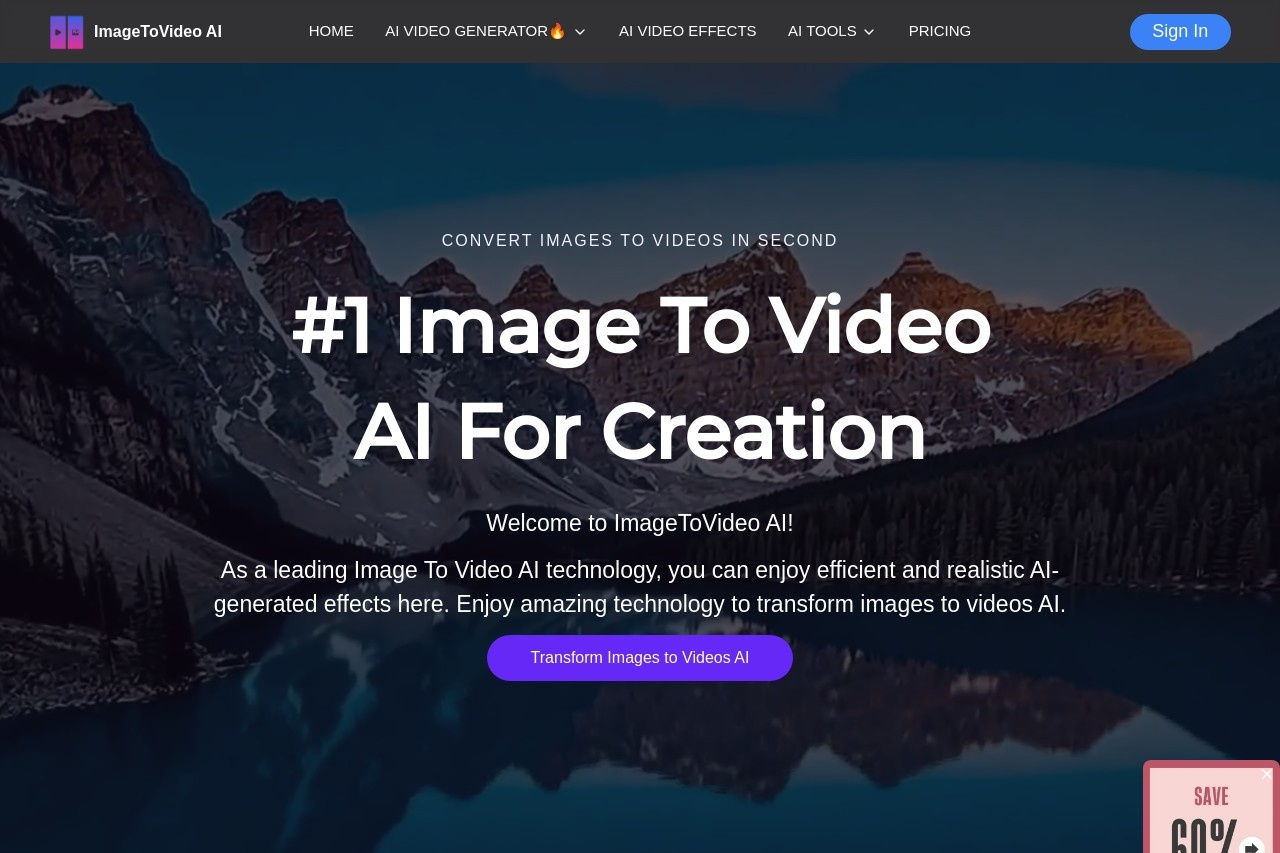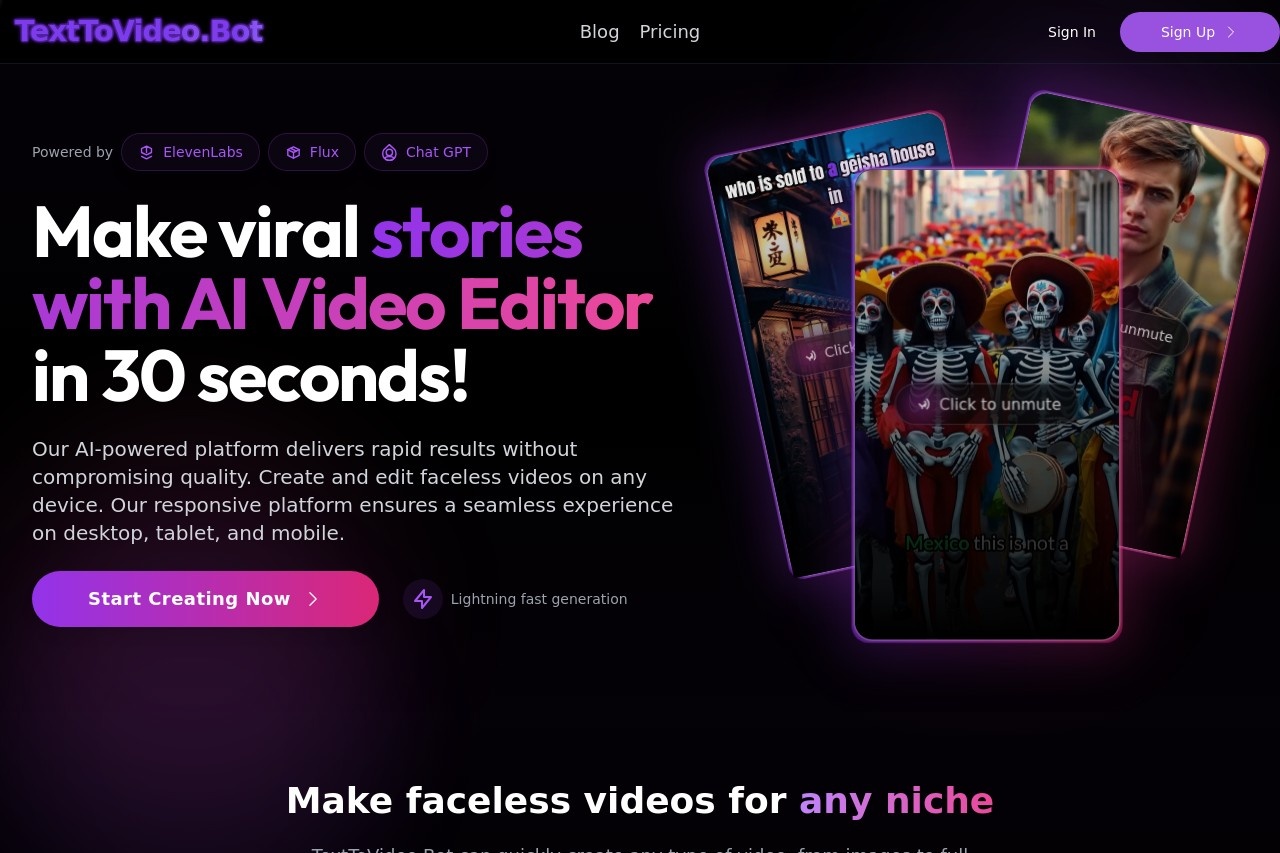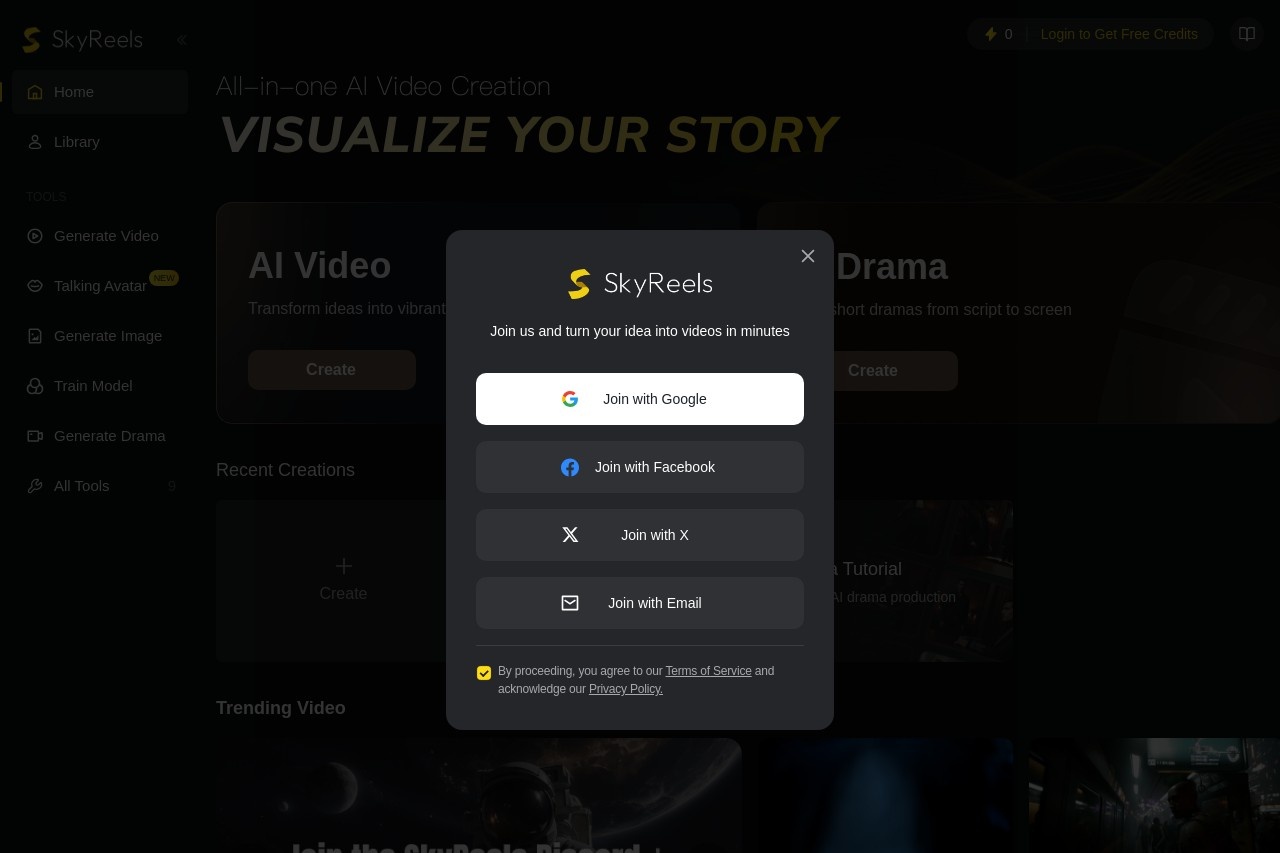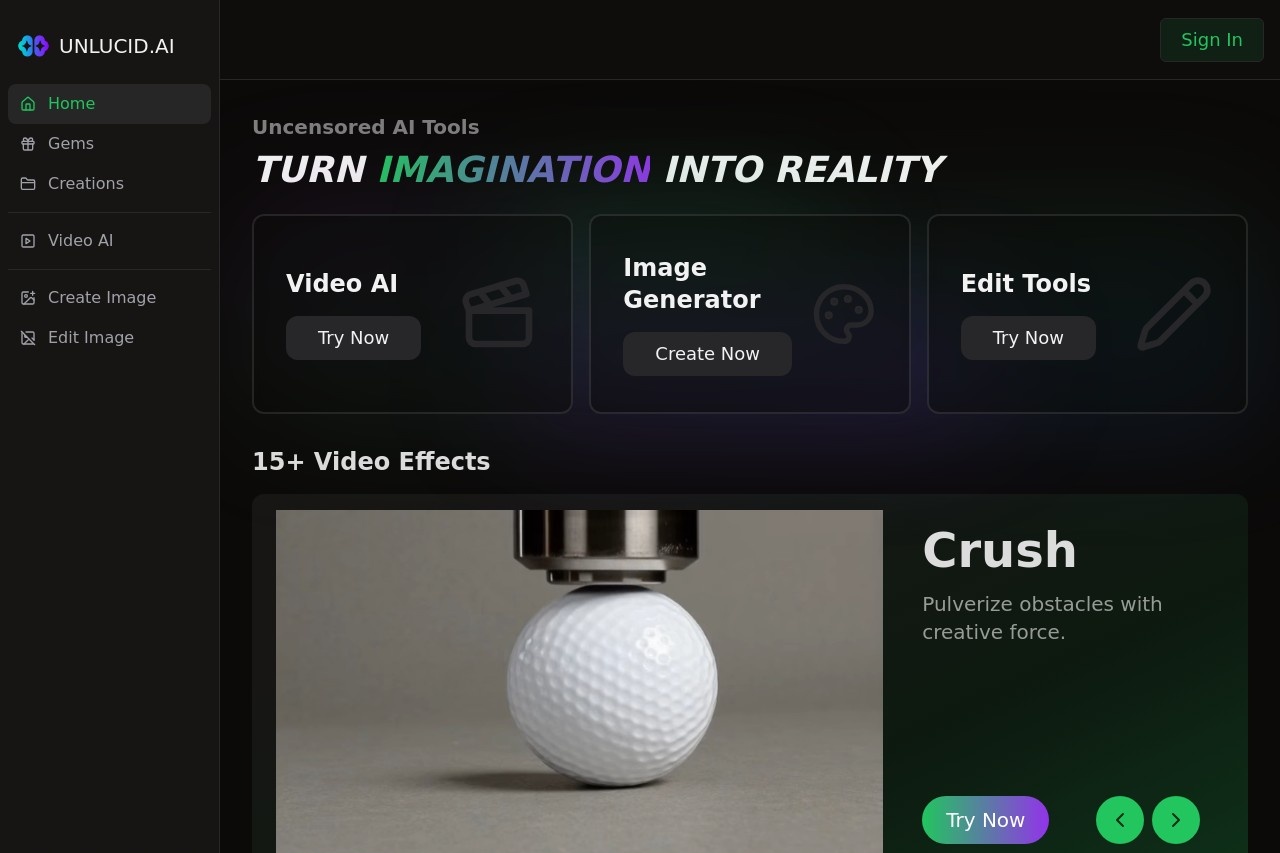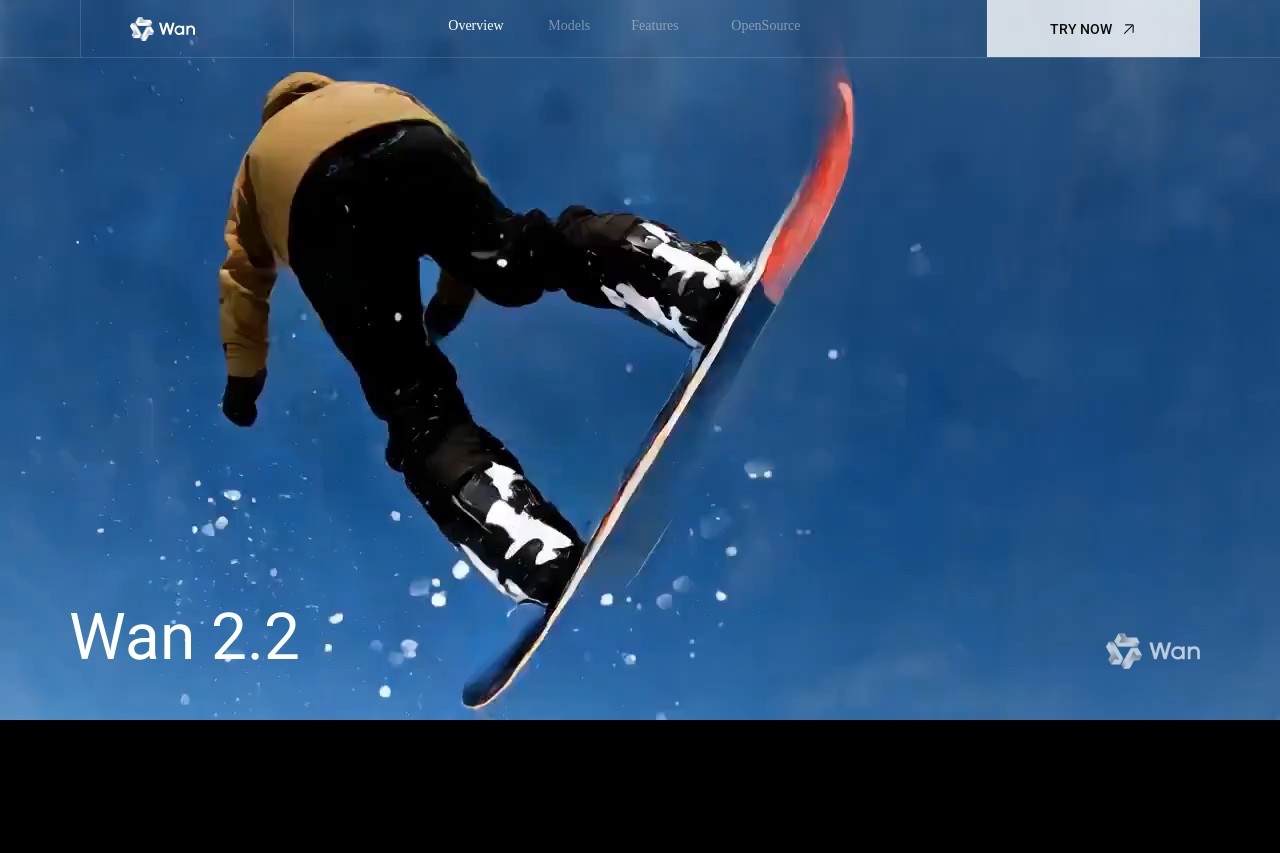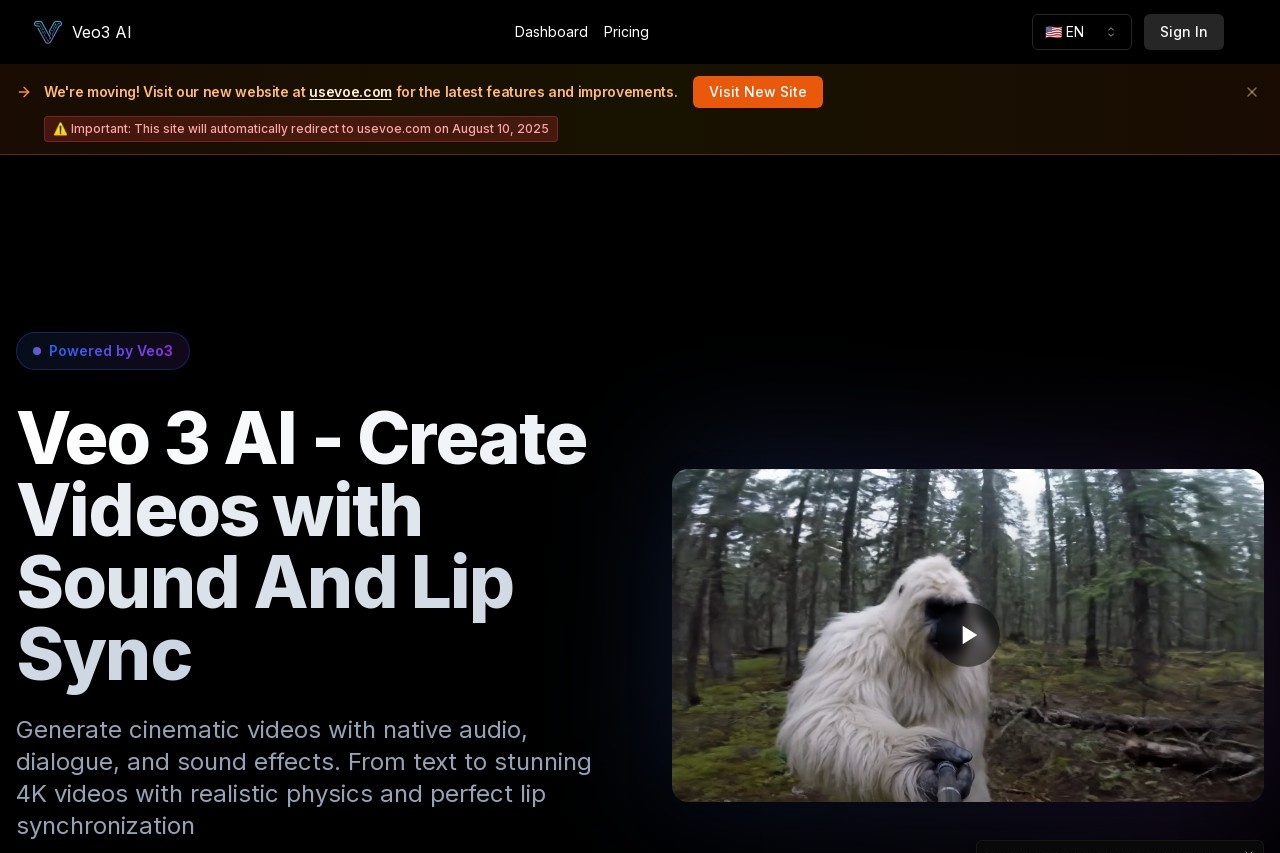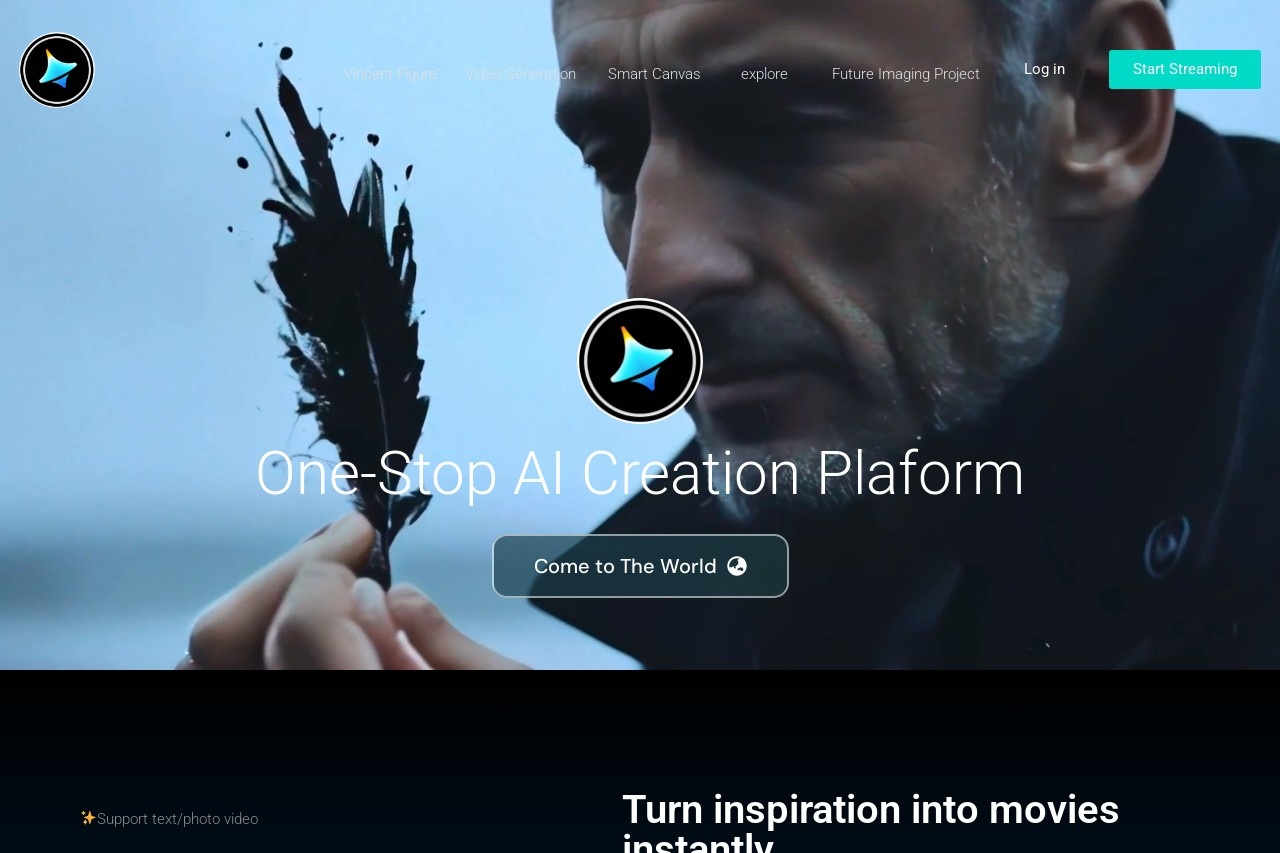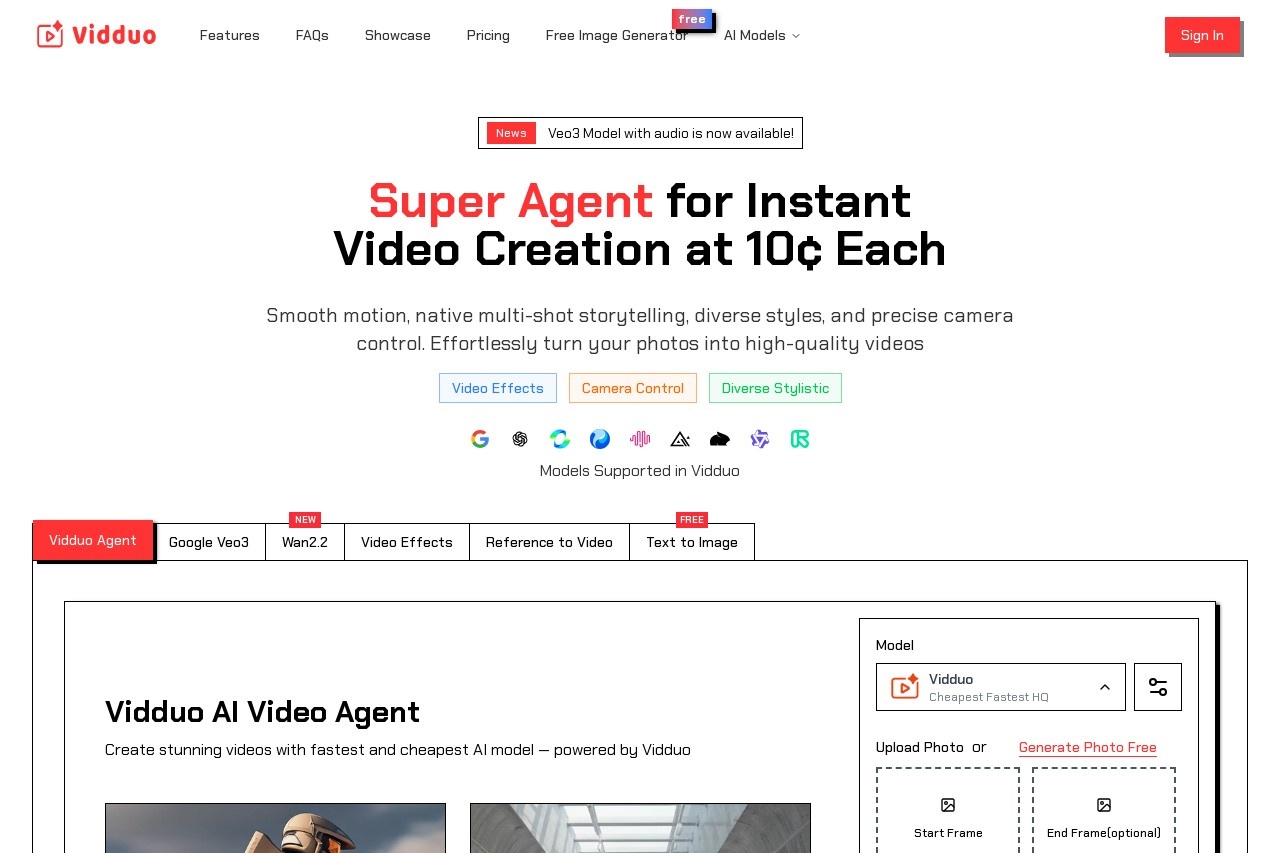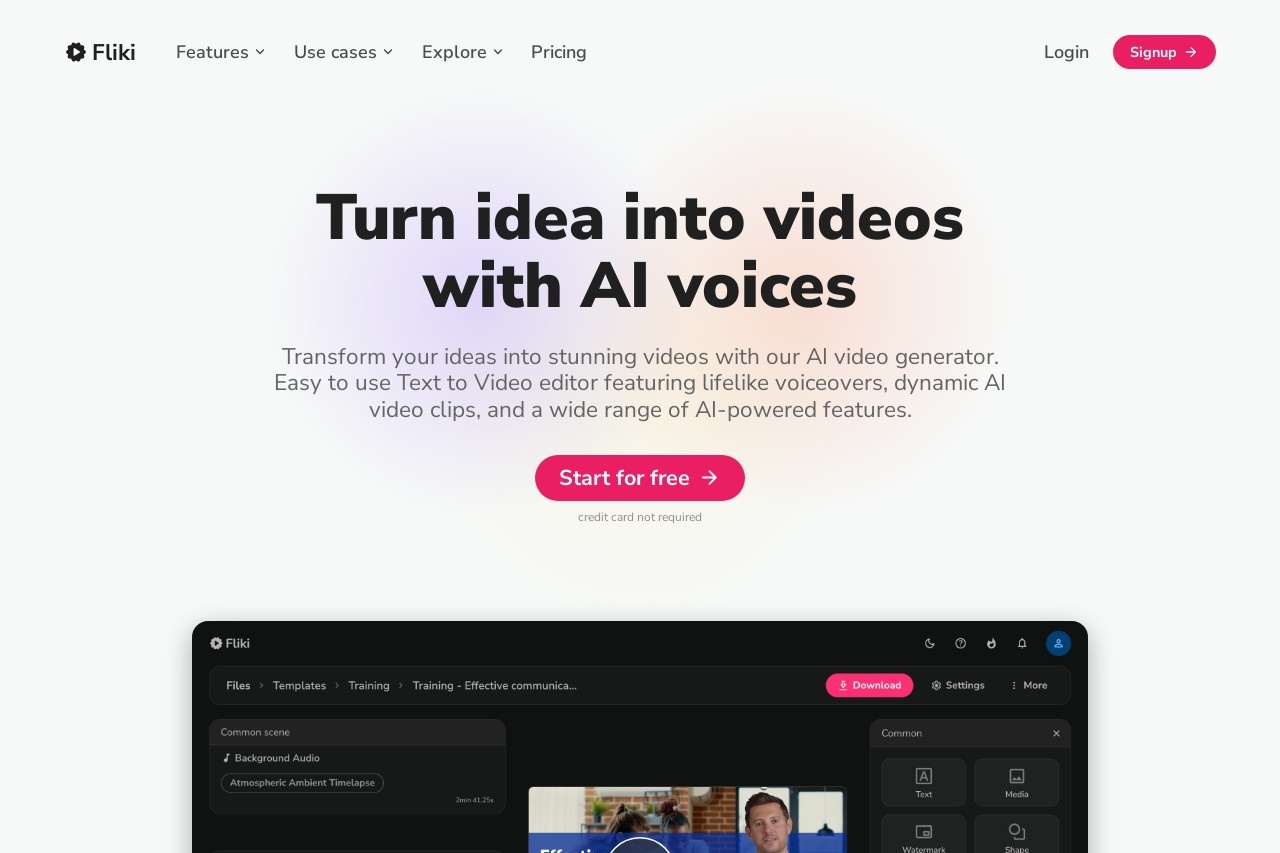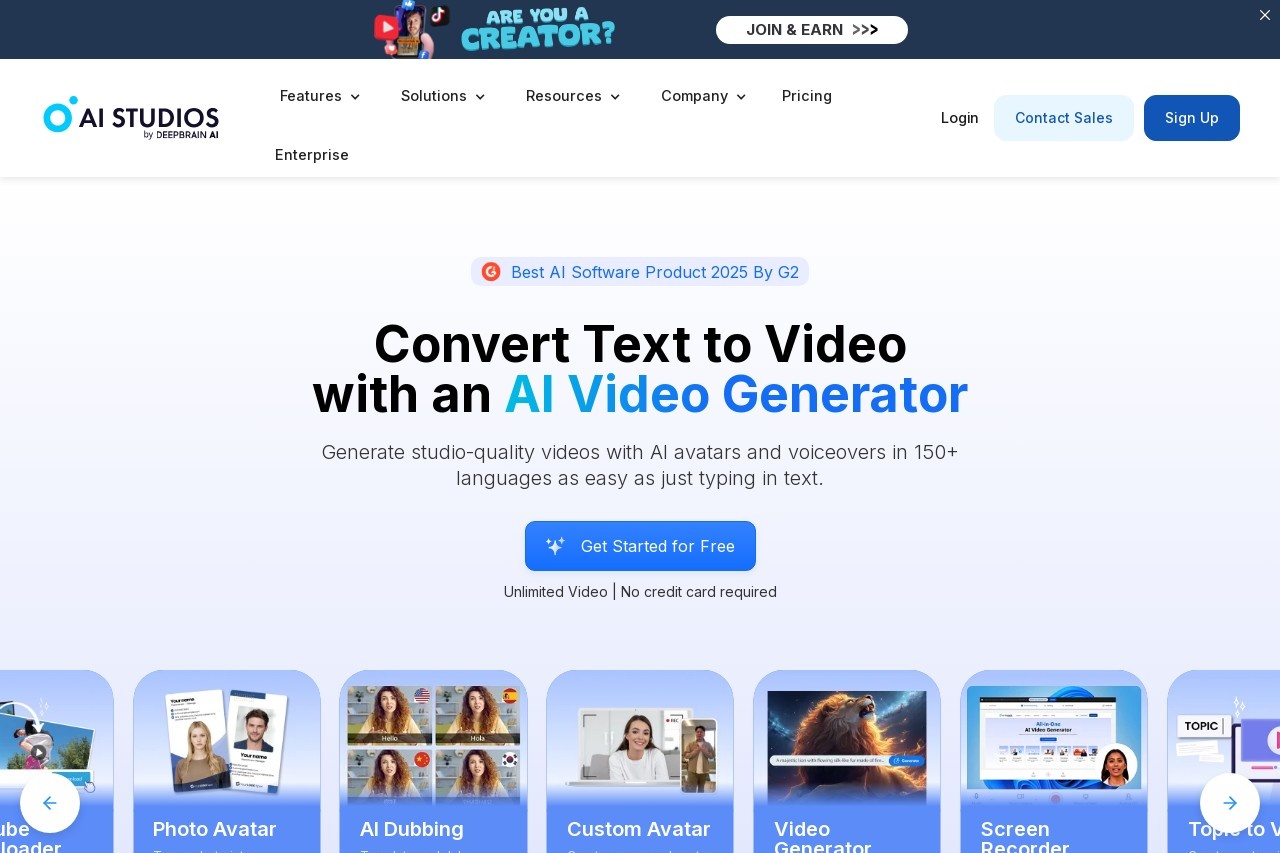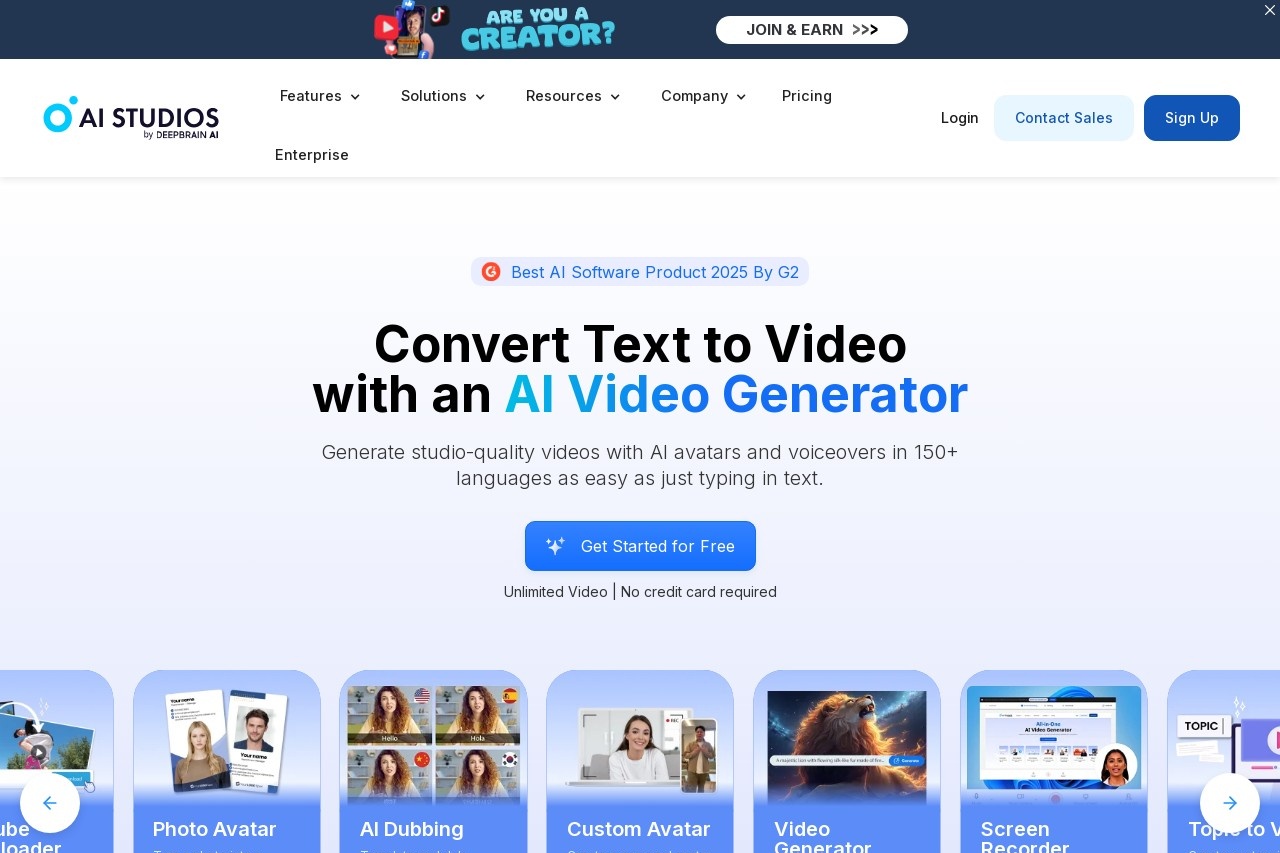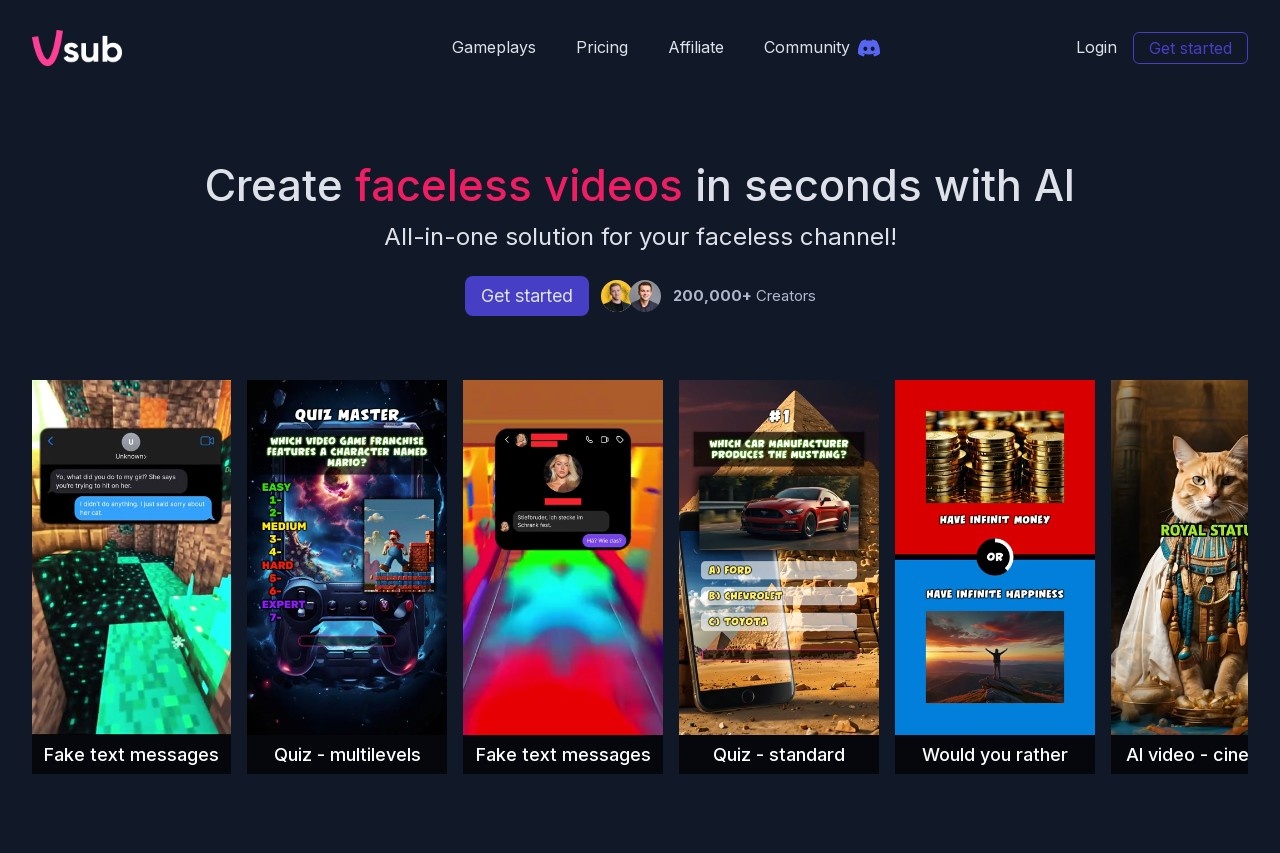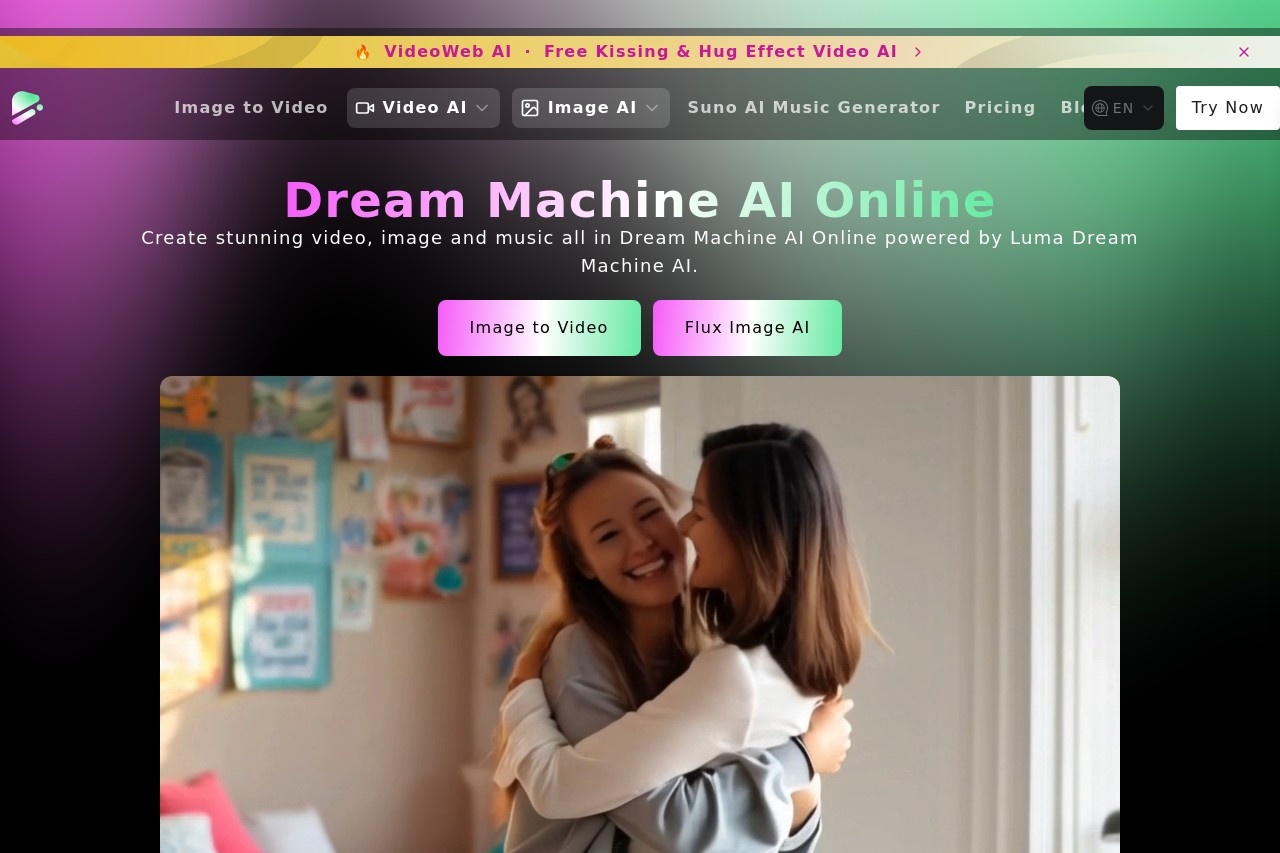
An AI-powered tool that converts images and text into videos.
Luma Dream Machine
Luma Dream Machine
Luma Dream Machine is an innovative AI-powered tool designed to transform static images and text into dynamic videos. By leveraging advanced artificial intelligence, this platform enables users to create engaging visual content with minimal effort, making it a valuable asset for creators, marketers, and businesses alike.
Key Features
- Image-to-Video Conversion: Upload any image, and the AI will generate a smooth, animated video based on the visual elements.
- Text-to-Video Generation: Simply input a text description, and the tool will produce a video that brings your words to life.
- Customizable Outputs: Adjust video length, style, and transitions to match your creative vision.
- Fast Processing: The AI engine delivers high-quality results in minutes, saving time for content creators.
How It Works
Using Luma Dream Machine is straightforward. Users start by uploading an image or entering a text prompt. The AI analyzes the input, identifies key elements, and generates a video sequence. For example, a landscape photo might transform into a sweeping aerial view, while a text prompt like "a sunset over mountains" could produce a realistic animated scene.
Applications
This tool has diverse applications across industries:
- Marketing: Create eye-catching ads or social media content without expensive production.
- Education: Turn diagrams or text-based lessons into engaging video explanations.
- Entertainment: Generate short animations or storyboards for creative projects.
Why Choose Luma Dream Machine?
Unlike traditional video editing software, Luma Dream Machine eliminates the need for technical skills. Its AI-driven approach automates the most complex aspects of video creation, allowing anyone to produce professional-looking results. Whether you're a solo creator or part of a team, this tool streamlines the content creation process.
As AI technology continues to evolve, tools like Luma Dream Machine are redefining what's possible in digital media. By bridging the gap between imagination and execution, it empowers users to explore new creative frontiers.
Luma Dream Machine: AI-Powered Video Creation
The Luma Dream Machine is an innovative AI tool designed to transform static images and text prompts into dynamic videos. This cutting-edge technology leverages advanced artificial intelligence to automate the video creation process, making it accessible to professionals and hobbyists alike.
Key Features
- Image-to-video conversion with realistic motion effects
- Text-to-video generation from descriptive prompts
- Customizable output settings for different styles
- Fast processing times compared to traditional animation
- Cloud-based platform accessible from any device
How It Works
The Dream Machine uses a sophisticated neural network architecture that analyzes input images or text descriptions to predict natural movements and transitions. Users simply upload their source material, adjust parameters as needed, and the AI generates a complete video sequence in minutes.
For text inputs, the system interprets the description and creates both visual elements and motion patterns. This capability makes it particularly valuable for:
- Content creators needing quick video assets
- Marketers producing promotional materials
- Educators developing visual aids
- Game designers prototyping animations
Technical Advantages
Unlike traditional video editing software, the Dream Machine requires no manual keyframing or complex timeline manipulation. The AI handles all aspects of motion generation, including:
- Natural object movement physics
- Realistic lighting and shadow transitions
- Context-aware scene composition
- Automatic interpolation between frames
As AI video generation technology continues to evolve, tools like the Luma Dream Machine are making professional-quality video production available to a much wider audience. While it doesn't replace human creativity, it serves as a powerful assistant that can dramatically reduce production time and technical barriers.

